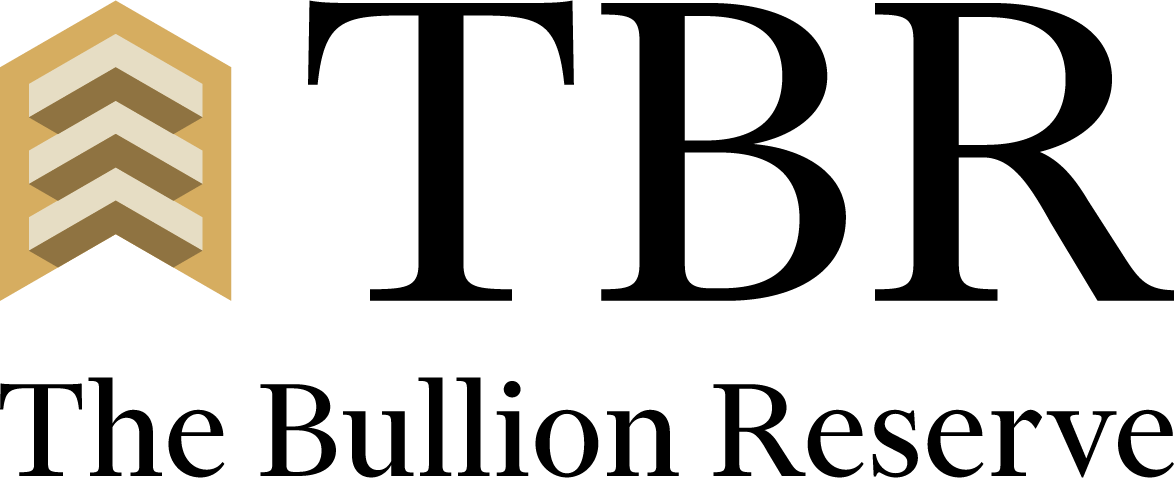Some Gold in the Portfolio Makes Sense
Dear Editor,
Today's article "A Word of Warning on Gold: Investor Fear May be Fading" entirely misses the mark on the utility of physical gold as a unique source of portfolio diversification in the current environment. The criticisms leveled against gold are the very reasons for why physical gold should be a part of every properly diversified investment portfolio. Please note that I refer to physical gold rather than gold-backed financial instruments, which are exposed to the same financial and counterparty risks as all financial assets.
Rather than panning gold for what it is not, investors would do well by focusing on what it is - the only tangible, non-financial asset that is always liquid and practical to own without involving the financial system. This unique combination of liquidity and independence from currencies and financial institutions is why central banks around the world hold a portion of their reserves in physical gold. In fact, not only does the U.S. hold the largest gold reserve in the world, it holds it entirely outside the financial system - at Ft. Knox and at West Point. This makes perfect sense - "reserve" is something you must rely upon if conventional arrangements fail to perform, which is why reserve holdings must be de-correlated from conventional arrangements, which in the case of investment portfolios revolve around financial assets and financial system. For example, whilst it is true that gold does not produce cash flow, it simply means that its price is based on supply and demand rather than discounted cash flow model, which underpins values of all financial assets. In an environment where discount rates are artificially low, all financial asset values may be based on questionable model inputs, just like values of subprime mortgages turned out to have been modeled based on faulty assumptions leading to a near-failure of the financial system. Counter-party exposure is another highly correlated risk all financial assets share - every recent bankruptcy of a major financial institution - Refco, Lehman, MF Global - has resulted in outright losses or long-term sequestration of both deposits and custodial assets.
The first rule of risk management is "Do not put all of your eggs into one basket" and it is merely prudent to include uncorrelated assets in every portfolio. Even as the article pans gold for being unlike financial assets, it misses the main value of gold bullion as a non-financial asset - its freedom from counter-party risk and independence from the discounted cash flow model. When we pay for fire insurance, we do not bemoan losing insurance premiums on account of making it through the year without a fire. Similarly, having value of a physical gold allocation decline in a year when systemic fears subsided and mainstream assets put in a banner year is not a reason to cancel insurance. Quite the opposite - the time to buy insurance is "when the fear is fading" not when it reemerges. Then, it will be too late.
Kind regards,
Simon Mikhailovich

